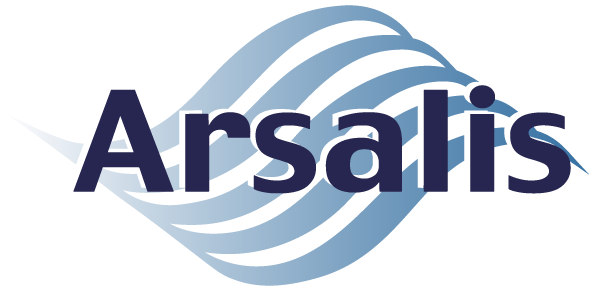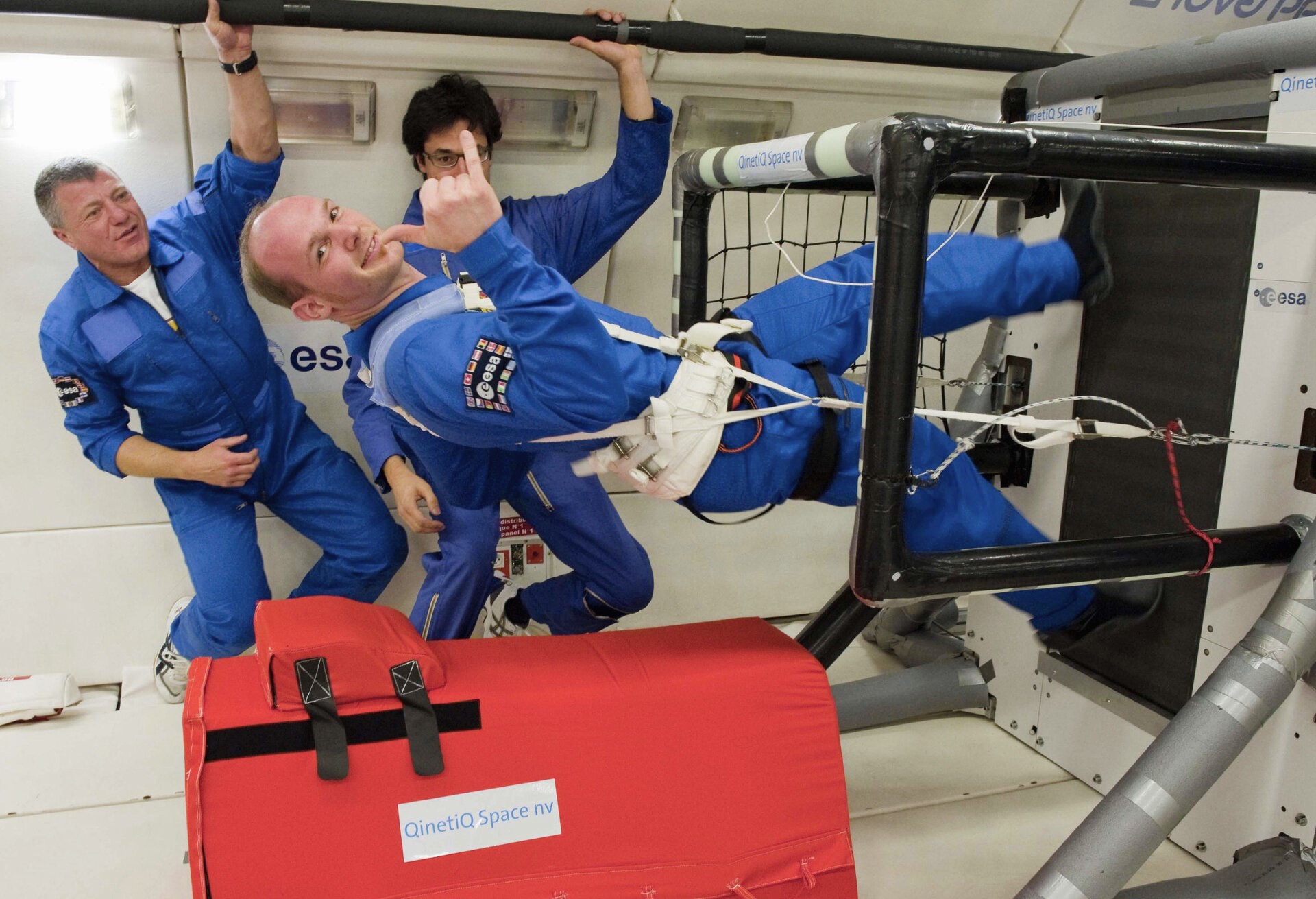SLS
The Subject Loading System (SLS), developed by Arsalis, Qinetic Space and UCLouvain with the European Space Agency (ESA), supports astronauts on the International Space Station (ISS) T2 treadmill. Microgravity induces bone and muscle loss, and exercises like treadmill running, involving impact loading and muscular work, are crucial for counteracting these effects. The SLS functions as a means to anchor astronauts to the treadmill surface, enabling effective weight-bearing exercises in space.
Objectives
In microgravity, or in space, a Subject Loading System (SLS) is required to restrain a running astronaut to the treadmill’s surface with a force that replaces the missing Earth gravity.
The current available SLS typically consist of bungee or mechanical spring-loaded systems (in which the load force is hardly controlled and highly variable during the running motion). The SLS has been developed by the Arsalis, Qinetic Sapce and UCLouvain with ESA specifically for the second-generation treadmill (T2) on the International Space Station (ISS).
The objective of this project was to develop a pneumatical spring system including a sufficiently large buffer to minimize the force changes resulting from vertical displacement. The advantages of such a system are twofold:
- By adjusting the pressure in the system, the load force on the astronaut can be adapted to his weight;
- By correctly sizing the buffer, the load force change with the vertical displacement can be minimized.
References
- Gambelli CN, Theisen D, Willems PA, Schepens B.
Motor Control of Landing from a Jump in Simulated Hypergravity.
PLoS One. 2015 Oct 27;10(10):e0141574. doi: 10.1371/journal.pone.0141574. PMID: 26505472; PMCID: PMC4624769. - Gosseye TP, Willems PA, Heglund NC.
Biomechanical analysis of running in weightlessness on a treadmill equipped with a subject loading system.
Eur J Appl Physiol. 2010 Nov;110(4):709-28. doi: 10.1007/s00421-010-1549-9. Epub 2010 Jun 27. PMID: 20582597. - Development of the ESA subject loading system (SLS) for the NASA second generation treadmill T2 on the ISS.pdf
- Poster : Subject Loading System June 2008.pdf

